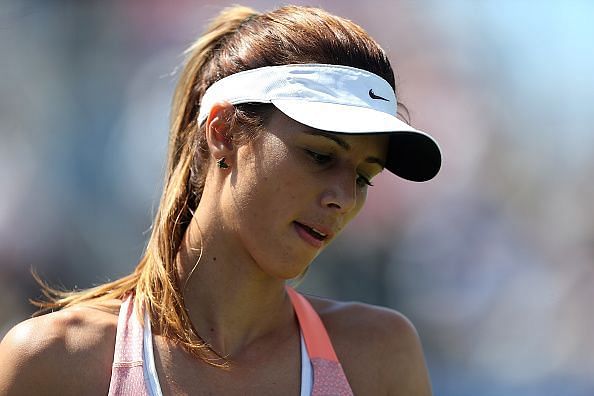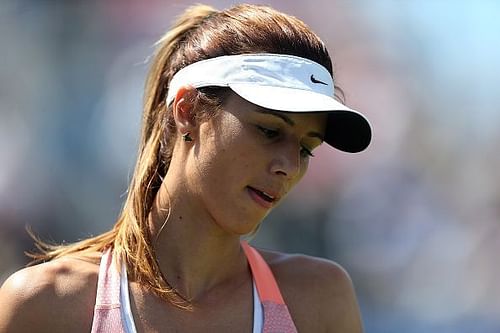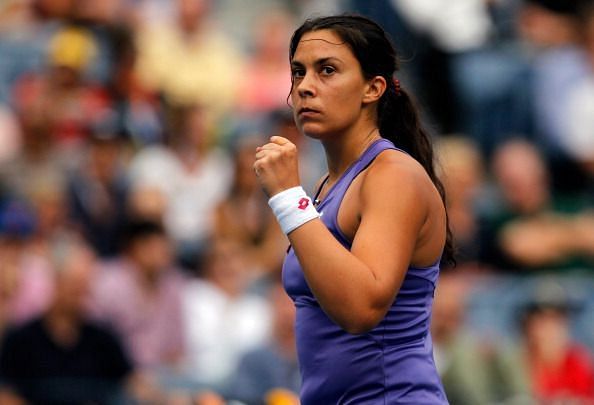
2010s in tennis: 5 most unorthodox WTA players of the decade

There is little doubt that the emergence of the Williams sisters ushered in an era of power-packed play into women's tennis. What followed was players taking up a groundstroke-heavy baseline approach towards their tennis, which was only natural. Everyone wanted to be a Serena or a Venus, and everybody wanted to beat Serena and Venus.
Then there was Maria Sharapova, who soon followed in the footsteps and gave another generation of young women something to believe in. If one was to look at some of the best matches of the early 2010s, it should not come as a surprise if they were all long drawn out baseline affairs.
The Williams sisters' matches, the Li Na vs Victoria Azarenka Australian Open final, and many other big matches all cut a very similar picture.
The list of powerful baseliners and counter-punchers kept growing with big names likes Petra Kvitova, Angelique Kerber, Simona Halep, Naomi Osaka and others joining in throughout the 2010s.
The picture has begun to change now, with the younger generation tilting the balance towards a more balanced game. It might be just a matter of time before a big change becomes evident.
That, however, is a conversation for another day.
Today, at the end of a decade and an entire era of tennis, we shall look back at the handful of unorthodox players who scaled great heights on the back of their very different styles of play, even in the face of all the power being thrown at them through the 2010s.
These were players who refused to conform to the prevalent desire for the best and most powerful forehand or serve. Instead, they brought in their own unique brand of showmanship to broaden the horizon for women's tennis.
Here, we take a look at the five most unconventional players to have played on the women's our in the entire decade.
5. Marion Bartoli

At 5' 7", Marion Bartoli did not cut a tall stature on court. Her reach was not helped by her two-handed backhand and forehand groundstrokes, and she was not the best mover around the court either.
And yet, the Frenchwoman is remembered for great things.
Her dream title run at the 2013 Championships Wimbledon is still etched in the memory of many as an underdog story for the ages. Bartoli made the best of what was available to her on court; she had an outlandish level of anticipatory skills, at times seeming to know where the ball would do before it had even been hit.
She fixed her rather vulnerable forehand at an early age by switching to the two-handed grip. And her service action was very uncomfortable to look at, but it worked well for her; she made it work.
At her peak, Bartoli could go toe-o-toe with the likes of Serena Williams and Petra Kvitova in baseline rallies, both of whom she has beaten on grass. Bartoli never gave an inch and never used her two-handed grip as an excuse for not reaching a ball.
She stuck to her guns and sustained herself at the highest level, and that is what made her the fighter she is remembered as today.